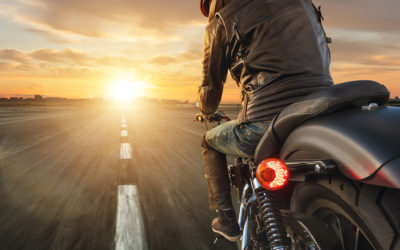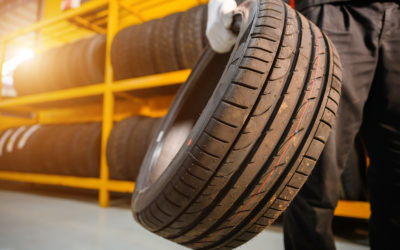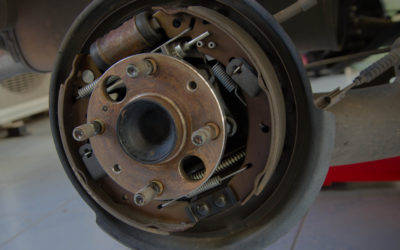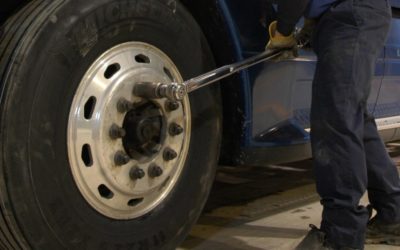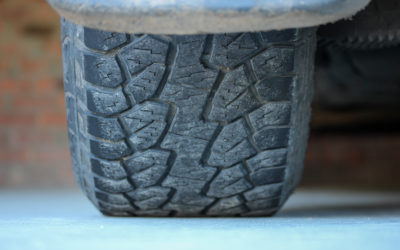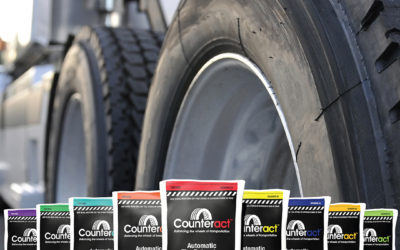Balancing motorcycle tires is a crucial aspect of maintenance that directly impacts your riding experience, safety, and overall performance. One of the best methods for balancing motorcycle tires is using balancing beads, which offer several...
Technical
Understanding Tire Tiers: Assessing Quality in Tire Manufacturing
Tire tiers were established to assess the overall quality of tires manufactured by different companies. Various factors contribute to the quality of a tire, including the materials used, tread designs, manufacturing processes, quality control...
Commercial Truck Drum Brakes vs. Disc Brakes
When it comes to ensuring the safety and performance of commercial trucks, the choice between drum brakes and disc brakes plays a pivotal role. Each braking system comes with its own set of advantages and disadvantages, making the decision a...
Inspecting for Stretched Studs
Wheel-off related incidents are more common than the public is aware of. These incidents usually result in property damage, injury, or even worse, death. Luckily, these instances can be avoided by applying some preventive measures during the wheel...
Understanding Tire Wear: Types and Causes
Tires are the unsung heroes of the road, ensuring a smooth and safe journey. However, like any other component of a vehicle, tires are subject to wear and tear. Understanding the different types of tire wear and their causes is crucial for...
Counteract’s Cooling Effect on Tires
Understanding Tire Operating Temperature Heat remains the primary adversary of tires, making it crucial for tire engineers to consider the ideal "tire operating temperature" during the design phase. Effects of High Temperatures Tires subjected to...
